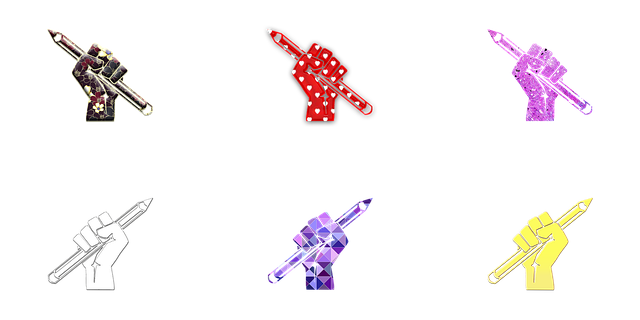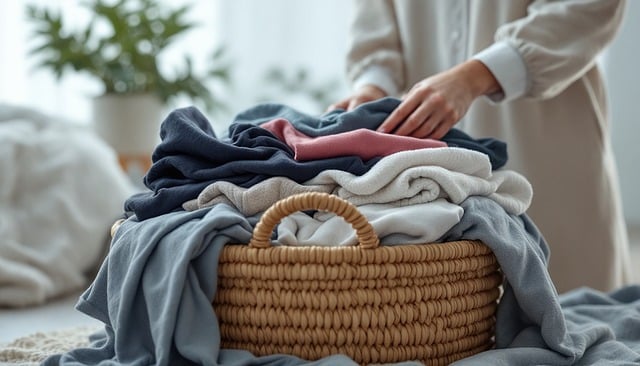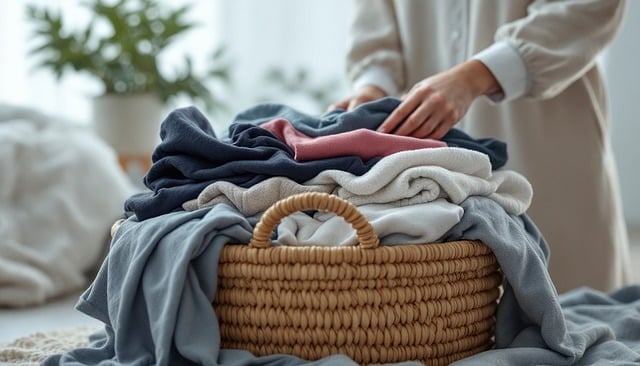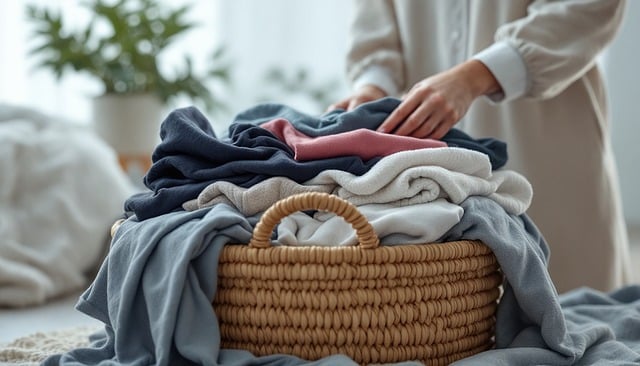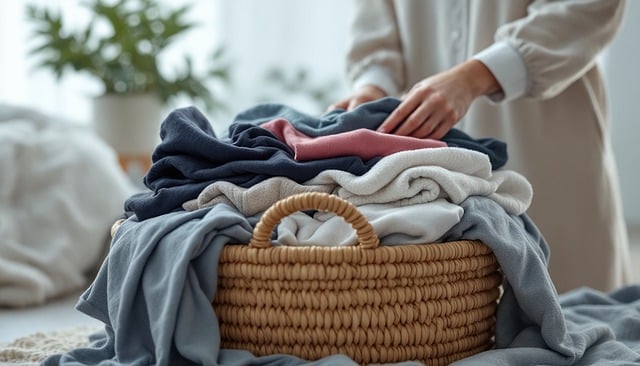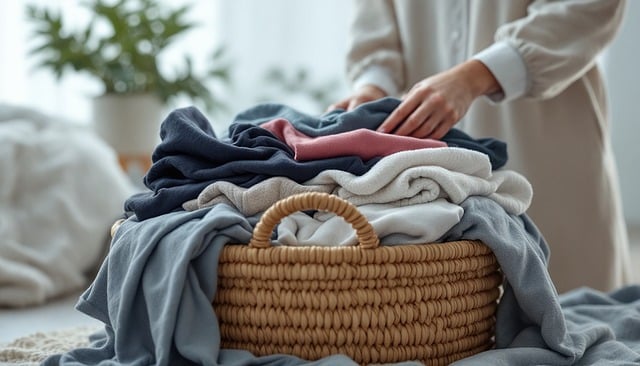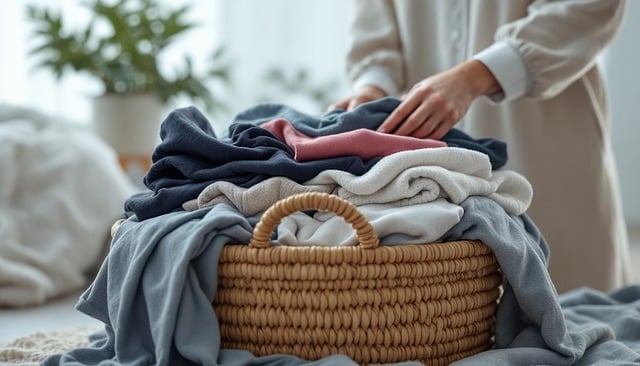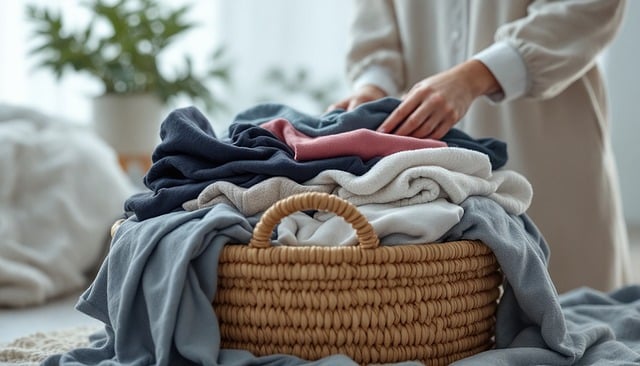The text explores the impact of clutter on mental health and introduces strategies for Home Organization and Decluttering. It identifies causes like gradual accumulation, emotional attachment, lack of storage, and hoarding, emphasizing the need for practical solutions or professional help. The "konMari method" is recommended as an initial step to sort items by joy, followed by designated storage. Regular maintenance, including weekly decluttering and a "one-in, one-out" policy, is crucial. Beyond initial efforts, consistent deep cleaning, zone allocation, digital documentation, and collective household involvement are key for long-term clutter-free spaces.
Taming chaos and transforming disorganized spaces into serene, functional areas is an art. This article guides you through the process of achieving organized living, focusing on practical strategies to tackle clutter and create lasting order. We explore the root causes of messy spaces and offer actionable tips for home organization and decluttering. From understanding your unique situation to maintaining a structured environment, discover secrets to sustaining order in every corner of your home.
- Understanding the Chaos: Recognizing Clutter and Its Causes
- Practical Strategies for Home Organization and Decluttering
- Sustaining Order: Long-Term Tips for Maintaining Organized Living Spaces
Understanding the Chaos: Recognizing Clutter and Its Causes
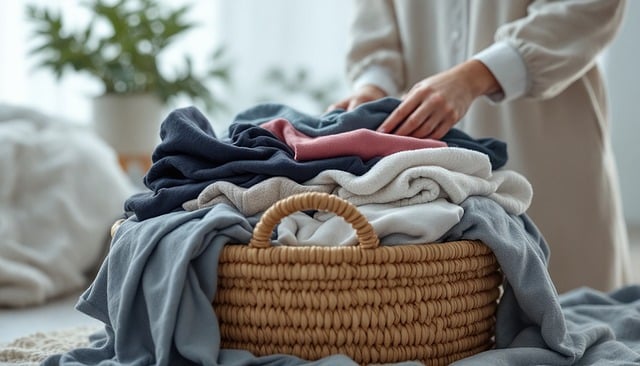
Understanding the Chaos: Recognizing Clutter and Its Causes
In today’s fast-paced world, home organization and decluttering often take a back seat to more pressing priorities. However, living spaces that are cluttered and disorganized can negatively impact our mental health and overall well-being. The first step in taming chaos is to recognize the extent of the clutter and understand its causes. Often, clutter creeps in gradually, with small accumulations of items over time—from newspapers and mail to unused gadgets and forgotten purchases. Recognizing these patterns is crucial for effective home organization and decluttering.
Clutter can also arise from emotional attachment to items, a lack of storage solutions, or even a tendency to hoard due to fear or insecurity. By identifying the root causes, individuals can begin to address them proactively. This may involve adopting more mindful consumption habits, investing in practical storage options, or seeking professional help if hoarding becomes severe. Once clutter is acknowledged and its sources addressed, the journey towards organized living spaces can truly begin.
Practical Strategies for Home Organization and Decluttering

Creating a sense of order in your living spaces starts with practical strategies for home organization and decluttering. Begin by sorting items into keep, donate, or discard piles. This initial step, often known as the “konMari method,” helps establish a clear distinction between what brings you joy and what does not. Once sorted, allocate specific storage solutions for each category, ensuring that every item has a designated place. This approach prevents clutter from accumulating and makes it easier to maintain an organized environment.
For sustainable home organization, incorporate regular maintenance practices like setting aside 15-30 minutes weekly for decluttering and organizing. Focus on one area at a time to avoid feeling overwhelmed. Additionally, consider adopting a “one-in, one-out” policy for new purchases, replacing an old item with something new. This practice prevents clutter from entering your space and helps maintain the organization you’ve achieved.
Sustaining Order: Long-Term Tips for Maintaining Organized Living Spaces
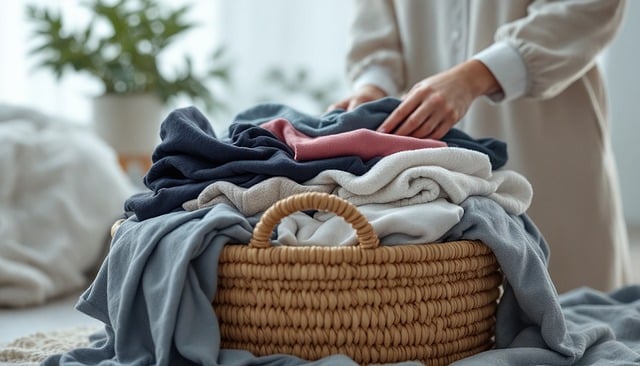
Maintaining order in your living spaces is an ongoing process, especially after the initial excitement of decluttering has faded. To ensure your home stays organized, consider adopting long-term practices that support a clutter-free environment. Regularly scheduled deep cleaning sessions can help prevent the accumulation of dust and disarray. Designate specific areas for commonly used items to avoid them ending up in piles or hidden corners. Implementing a “one-in, one-out” policy for purchases can significantly reduce unnecessary clutter. Additionally, involving everyone in the household—including children—in the organization process fosters a sense of responsibility and ownership, making it easier to maintain order over time.
Digital documentation is another powerful tool for sustained order. Keep digital copies of important documents, and use cloud storage solutions to ensure easy access while keeping physical spaces uncluttered. Establishing an organized system for storing and retrieving these files will save you time and effort in the long run. Remember that home organization and decluttering are continuous journeys; staying committed to these practices will result in a calm, peaceful, and efficiently designed living space.
In the pursuit of a more organized home, recognizing the root causes of clutter is key. By understanding the chaos, we can implement practical strategies to declutter and create lasting order. Through a combination of thoughtful storage solutions, minimalism, and consistent maintenance, anyone can tame the chaos and enjoy the benefits of a serene living environment. Regularly applying these principles of home organization and decluttering ensures a space that remains calm and controlled, enhancing quality of life for all residents.




